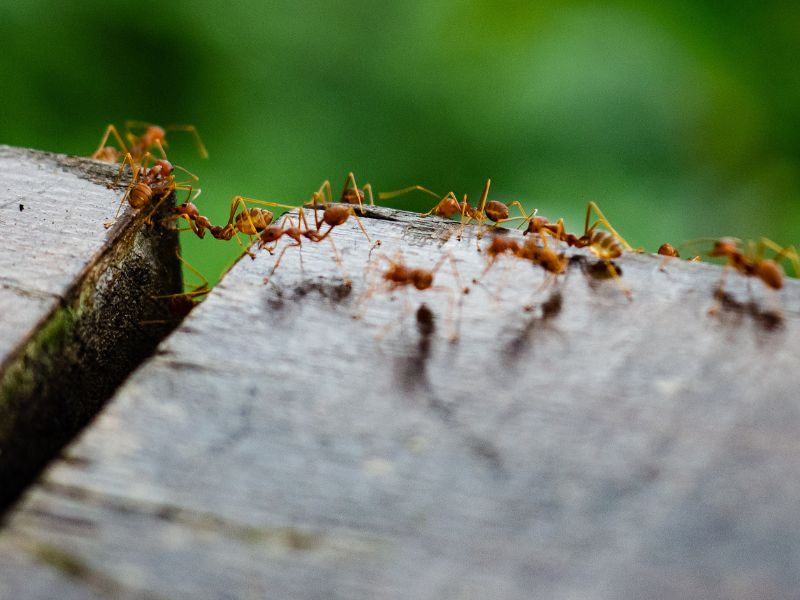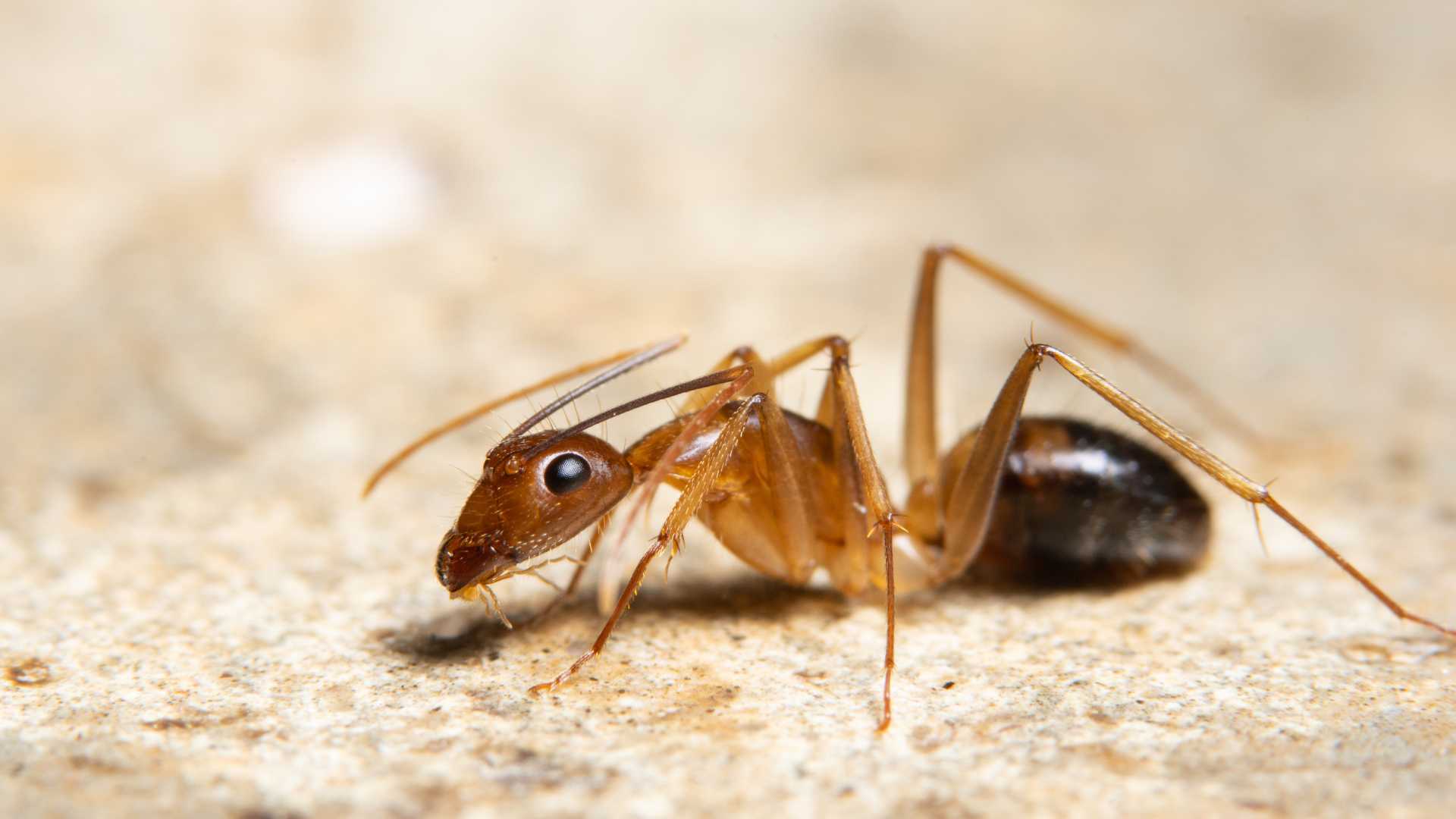Ghost Ants: Habitat, Behavior, and Control Methods
Ghost Ants: Habitat and Distribution
Ghost ants, also known as black-headed ants, are a common household pest found throughout the United States. They typically make their nests in warm, humid areas such as kitchens, bathrooms, and wall voids. These ants are also found in outdoor areas such as gardens and under piles of debris.
Ghost Ants: Behavior
Ghost ants are known for their ability to quickly and quietly move through homes without being noticed. They are also skilled at finding food sources and can quickly become a nuisance if left unchecked. Ghost ants have a complex social system and communicate through chemical signals.

How to Identify Ghost Ants
Ghost ants are tiny, measuring only 1.3 to 1.5 mm in length, and have a distinctive appearance. They are pale in color and have a black head and thorax, which makes them easy to identify. Their small size and ghost-like appearance give them their name.
Effective Control Methods for Ghost Ants
The best way to control ghost ants is to prevent them from entering your home in the first place. This can be done by sealing cracks and crevices around doors and windows, keeping food in sealed containers, and regularly cleaning up spills and crumbs. If an infestation is already present, using baits and insecticides can help eliminate the colony.
Interesting Facts about Ghost Ants
- Ghost ants are known for their ability to form satellite colonies, which can make them difficult to control.
- These ants are attracted to sweet and greasy foods, as well as moisture.
- Ghost ants can be confused with other ant species, such as the white-footed ant and the pharaoh ant.
In conclusion, ghost ants are a common household pest that can quickly become a nuisance if left unchecked. By understanding their habitat, behavior, and effective control methods, homeowners can prevent infestations and protect their homes from these tiny invaders.
Get In Touch
If you need more information about our services, give us a call today or fill out our online contact form to be contacted by one of our staff members.



